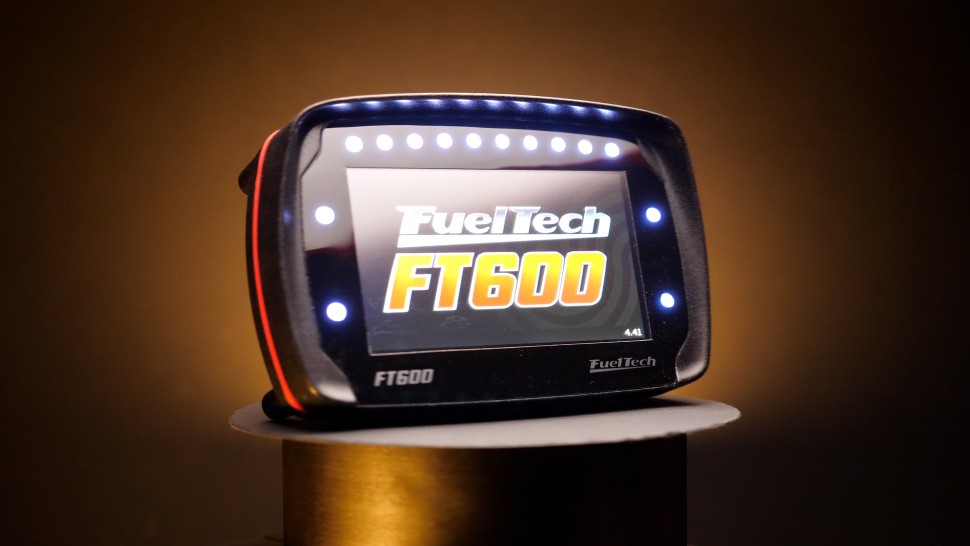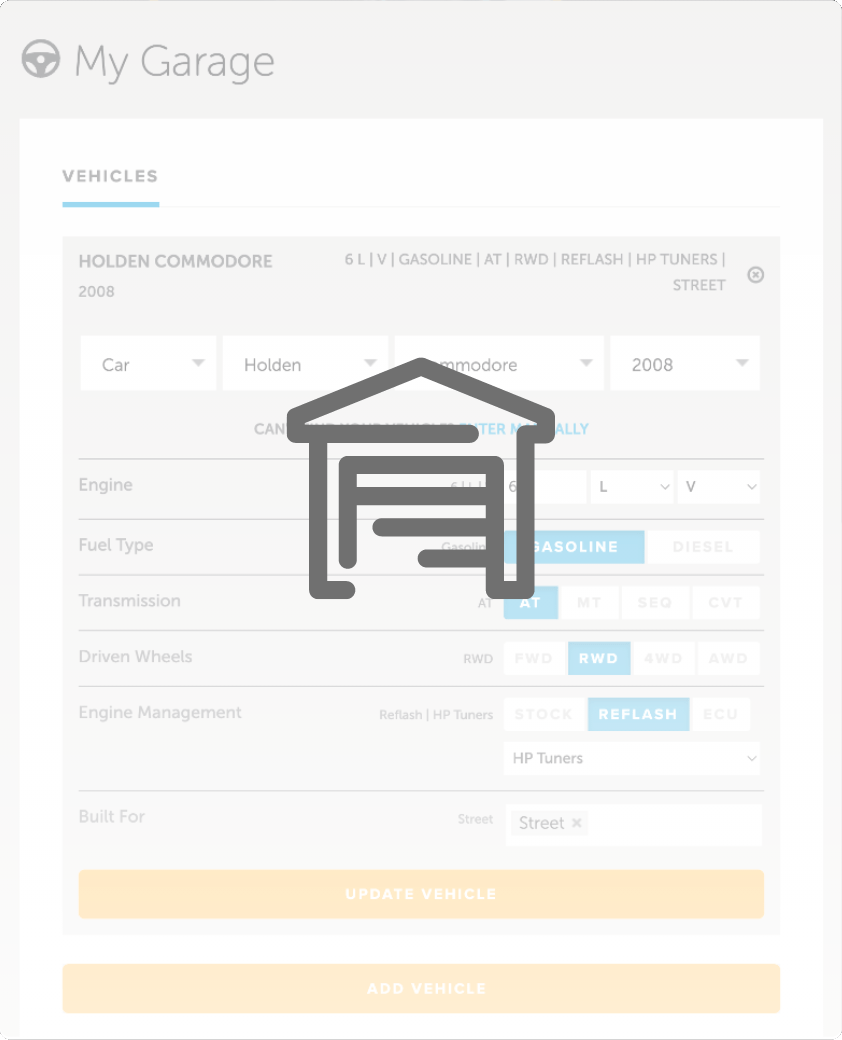Practical Standalone Tuning: Step 2 : Trigger Setup
Step 2 : Trigger Setup
02.31
| 00:00 | Traditionally in our worked example, step two of the process is our trigger setup and this is one of the most critical aspects of tuning, the trigger inputs essentially give the ECU all the information it needs around engine speed and engine position. |
| 00:14 | So, in other words how fast the engine is spinning and which cylinder essentially is firing at any particular time. |
| 00:22 | This is all critical if we're running sequential fuel injection and direct fire spark and in this case we are not doing either of those things. |
| 00:31 | The Sniper 2, one of the benefits of it in terms of simplicity is that it doesn't need a conventional trigger input and if we are running the standard setup where we're using an existing distributor, all we're doing is essentially hooking the Sniper 2 up to the coil negative. |
| 00:49 | So, this just means that the Sniper 2 gets an input or a pulse every time a spark event occurs. |
| 00:55 | When it knows that a spark event has occurred or how frequently the spark events are occurring and you'll recall we also programmed it with the number of cylinders, from this information it can then work out what the engine speed is. |
| 01:07 | So, really that's the only input that the Sniper 2 requires, it doesn't have information around engine position because as a throttle body injection system, it really doesn't need it. |
| 01:18 | From our perspective then there is absolutely nothing to do here. |
| 01:22 | As long as the coil negative has been hooked up or in our case the hyperspark has been connected, we should be in pretty good shape and good to go. |
| 01:31 | Of course, we do also want to test and make sure that we actually are getting engine speed into the ECU. |
| 01:38 | In this case we don't really necessarily want the engine to start but if we look at our little hand controller, we can see we've got our RPM here at the bottom as well as an analogue gauge for our RPM. |
| 01:50 | What I'm going to do is just briefly crank the engine and we should see that RPM come alive once it actually sort of synchronises and gets some information so let's try that now. |
| 02:02 | Alright, so we saw that was exactly what happened, it synchronised and it showed sort of 160 to 200 RPM cranking. |
| 02:09 | Again, I don't want to start the engine just yet so that's why I've shut that back off. |
| 02:13 | But essentially at this point we know that the Sniper 2 has got the relevant engine RPM information which in our case really sort of covers off the triggering process so we're ready to move on with the next step of our process. |





